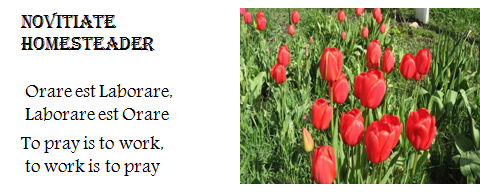Our garden area had been an abandoned weed patch for 15 or
20 years before we bought our place.
After three years of struggling to re-claim it we have decided to make
serious changes in our approach. It came
down to either bombing the whole thing with Round-Up or making one last organic
attempt. We’ve decided to reduce the
size of our garden, change everything to raised beds, plant cover crops in the
raised beds, and lay weed barriers in between the beds. If that doesn’t work, then bring on the
chemicals!
I’ve used raised beds in smaller gardens before. They are great for draining wet soils in the
Pacific Northwest. I chose not to use
them here, until now, because our soil is already plenty dry in the
summer. I also, mistakenly, wanted to
till a larger area with our tractor and plant more vegetables. Well, I tilled a larger area alright, but I
sure didn’t get any more vegetables out of it.
I ended up working harder and growing a really large crop of weeds.
We will be building our raised beds out of re-purposed
lumber much of which I got for free. We
will be making beds 10 feet long, 4 feet wide, and 6 inches high. We will be using short sections of 4X4 at the
corners and 1” by 6” on the sides. We’ll
be, hopefully, getting a broad fork to deep till it. Tilling in compost, aged straw from the
chicken coop, and manure from the cows.
Chicken droppings are pretty hot fertilizer, but time and the old straw
should cool them down a little bit.
Once we get the beds built we will be planting a buckwheat
cover crop. Cover crops can be used for
a variety of purposes. They fix nitrogen
in the soil and plant matter. When you
till them back under, they can condition and loosen up dry soil. They also grow quickly and compete with the
weeds and hopefully prevent the weeds from taking hold.
Our raised beds will still require a lot of weeding, but
hopefully after a few years we can reduce the amount of weed seed in the bed
area. Between the beds we will be laying
a weed barrier, most likely cardboard, that will eliminate the need to pull
weeds between our beds.
All this may or may not work, but the only alternative is to
use chemical herbicides. In some cases
herbicides can be an important tool. We
use them on a plant by plant basis to control thistles in our pasture. But spraying them on a large scale in an area
in which we are growing our food is not something we really want to do.
We’ve already built a bed and planted our fall garlic
crop. The garlic is actually sprouting
because of this troublesome warm weather we’ve been having. I’m planning on building another few beds in
the next couple of days while this warm spell lasts. I’ll have to cover the garlic shoots with
straw to try to save them from the cold that’s supposed to come mid-week.
It’s not even the winter solstice yet and we are already
working on next year’s garden plans.
Seed catalogs are arriving in the mail.
We are looking at what seedlings to grow indoors. I’ll be trying to grow tobacco this year
again. I haven’t grown it in a couple of
years. We’ll be trying a few new ideas
for our seedlings indoors.







No comments:
Post a Comment